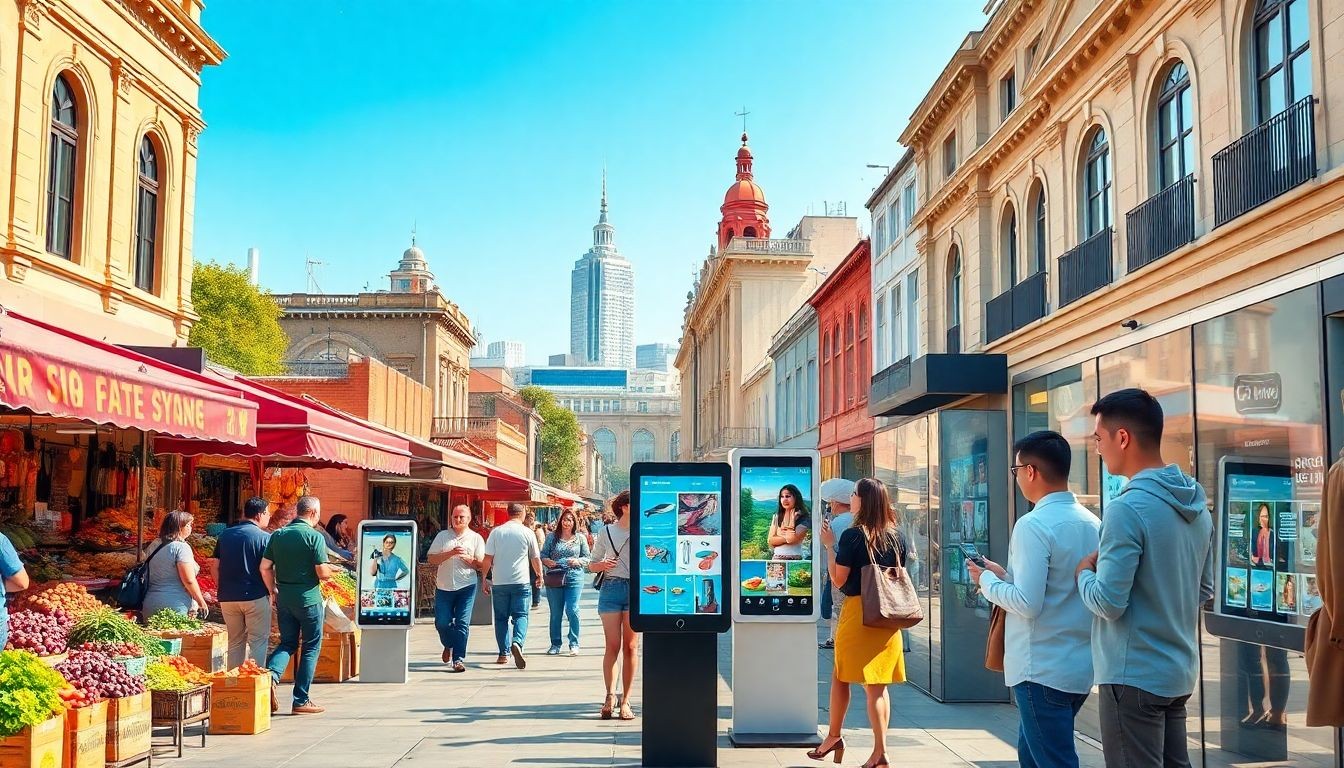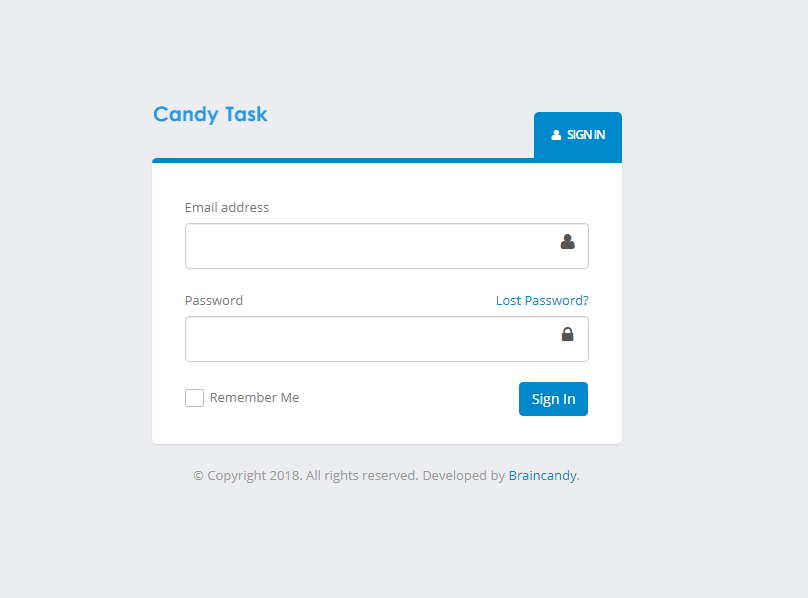- BY braincandy
- POSTED IN Uncategorized
- WITH 0 COMMENTS
- PERMALINK
- STANDARD POST TYPE

Introduction
E-commerce keeps growing at a fast pace. It changes how people shop in real life. More shoppers now prefer online stores over traditional ones. This shift means local businesses face new challenges and opportunities. To stay competitive, small shops must understand these trends. Adapting in time can boost sales and build stronger ties with customers. Let’s explore how online shopping is reshaping local retail in 2024.
The Rise of Omni-channel Retailing and Its Impact on Local Shopping
Integration of Online and Offline Shopping Experiences
Omni-channel retailing mixes the best parts of online and in-store shopping. Customers want a smooth experience across devices and stores. Retailers combine their websites, apps, and physical shops. This helps attract and keep customers longer. For example, Walmart offers online grocery pickup and easy in-store pickups. Customers can order online and grab items quickly without waiting.
Increased Accessibility and Convenience for Consumers
Today’s shoppers want quick, stress-free service. They like to shop at any time and from anywhere. When local stores adopt click-and-collect options, it makes shopping easier. Customers stay loyal because they get fast service. If a store provides convenient options like curbside pickup, people are more likely to come back often.
Data-Driven Personalization in Local Retail
Using customer data helps local shops understand what buyers want. Retailers can send personalized offers and updates. This makes shopping feel special and more connected. Industry experts say personalized marketing builds better relationships. It turns occasional visitors into regular customers.
Emerging Technologies Revolutionizing Local Shopping
Mobile Payment Solutions and Contactless Transactions
Mobile wallets and NFC technology grow in popularity. Customers love paying with their phones or cards without touching screens. This speeds up checkout and increases spontaneous shopping. Studies show more people in local areas now use contactless payments. Convenience is no longer a luxury; it’s an expectation.
Augmented Reality (AR) and Virtual Try-Ons
AR changes how shoppers explore products. Imagine trying clothes or furniture without leaving your home. Stores in fashion and home decor sectors now offer AR apps. Customers can see how a jacket looks or how a sofa fits without visiting. Investing in AR can help small businesses stand out from bigger chains.
Localized E-commerce Platforms and Apps
Developing a dedicated app for local stores builds loyalty and keeps customers coming back. These apps can offer discounts, updates, and quick ordering. For example, a small-town coffee shop launched its own app. Customers use it to order ahead and skip lines, increasing sales and visits.
Consumer Expectations and Changing Shopping Behaviors
Preference for Fast and Free Delivery Options
People are used to same-day or next-day delivery now. Local stores are adjusting their policies to match this demand. Offering quick, free delivery can help retain customers. Last-mile delivery solutions are crucial, especially for small businesses competing with giants like Amazon.
Rise of Social Shopping and Influencer Endorsements
Social media impacts how people buy locally. Influencers promote local brands, drawing in more shoppers. Collaborating with local influencers can boost foot traffic. Hosting a big event or online contest can also turn followers into regular customers.
Sustainability and Ethical Shopping
Consumers care about eco-friendly products and social responsibility. They want to support brands that do good for the planet. Small businesses are now highlighting their sustainable practices. For example, a local organic market emphasizes its use of biodegradable packaging and local sourcing.
Challenges and Opportunities for Local Retailers
Competition from Online Giants and Marketplaces
Big online stores threaten small shops. To stand out, local brands need a strong identity and community focus. Building a loyal customer base helps them compete. Engaging with local events or supporting community causes makes a difference.
Leveraging Data Analytics for Business Growth
Using sales data helps small retail owners choose the right products. Understanding what customers buy and want allows better marketing. Affordable point-of-sale systems with data features make this easy. It’s all about knowing your shoppers better.
Community Engagement and Loyalty Building
Creating local events builds a strong bond between shop and community. Hosting author signings, reading clubs, or seasonal festivals bring people in. These activities turn shoppers into supporters who return time after time.
Conclusion
E-commerce is changing how people shop locally. Consumers expect faster, more convenient, and personalized experiences. Technologies like AR, mobile payments, and dedicated apps give small shops new ways to grow. But facing bigger competitors with strong branding and community ties remains key. Adapting to these trends isn’t optional—it’s necessary. Embrace the change to boost customer loyalty and thrive in 2024. The best local stores will be those willing to innovate and serve their community better every day.












